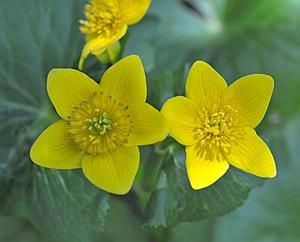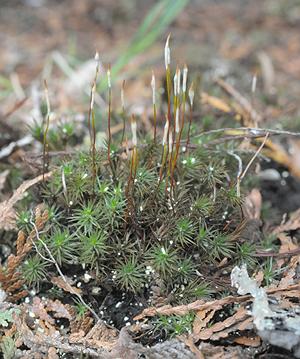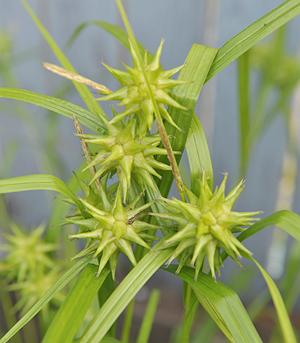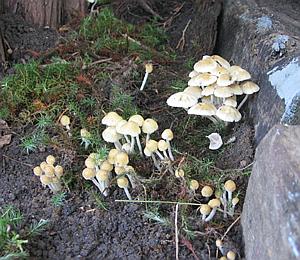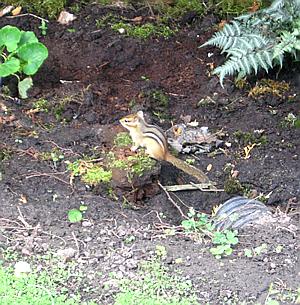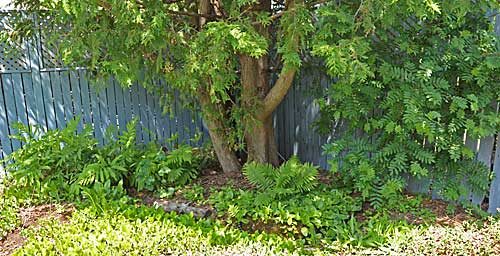
As in many cities, Ottawa's sanitary and storm sewers share the same pipes in many old areas of the city, and those pipes overflow during heavy rainfalls. All the overflow goes untreated into local rivers. As you might expect, the sewage gates that release the overflow are often jammed open by refuse, with disastrous effects. Just one such spill dumped 29 million litres of raw sewage into the Ottawa River. The average is over 400 million litres per year.
Also as in many other cities, many of our house downspouts that collect rainfall from roofs are connected to storm/combined sewers, or empty onto paved surfaces where they add to the rainfall surge. You can help to reduce the filth ending up in our rivers by diverting that rainfall to a bog garden where it will improve your local biodiversity and restore groundwater levels that are so depleted by storm sewers.
Here is mine, constructed in spring 2008. All the plants in it are native locally: ferns Onoclea sensibilis and Osmunda cinnamomea; flowering Caltha palustris, Dryopteris spinulosa, Maianthemum canadense and Trientis borealis; and local moss Polytrichum juniperinicum. Shading it, and soaking up all the water the garden can't use, is a clump of 10 m Thuja occidentalis.
It stays cool green even in the driest spells. It's full of beautiful details that can't exist anywhere else in my garden. And, it's a magnet for local biodiversity. Chipmunks, that live under my compost pile and steps appreciate the water outlet as a bolt hole while searching for tasty fungi and cedar mast, woodpeckers and other birds collect insects growing in rotting logs, and a painted turtle divided its time between it and my small cattail pond for a month the first summer.
You can build one too! Other ideas for a bog garden are available at the NANPS; for a pond here. Join us to support native biodiversity.
John Sankey1999
other notes on nature studies
Few nurseries growing native plants will ship. Acorus Restoration will, and has supplied me with many good Ontario plants. I get other native plants at the annual Friends of the Farm plant sale and from the NANPS seed exchange.
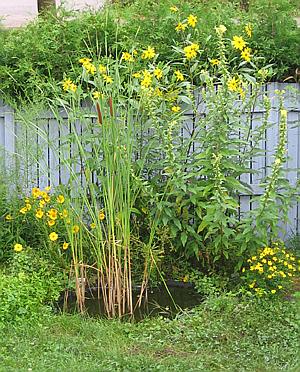
the adjacent pond: Typha latifolia surrounded by flowering Coreopsis lanceolata, C.verticillata, Helianthus tuberosus, Oenothera biennis and Solidago rugosa, with Potentilla recta setting seed.
